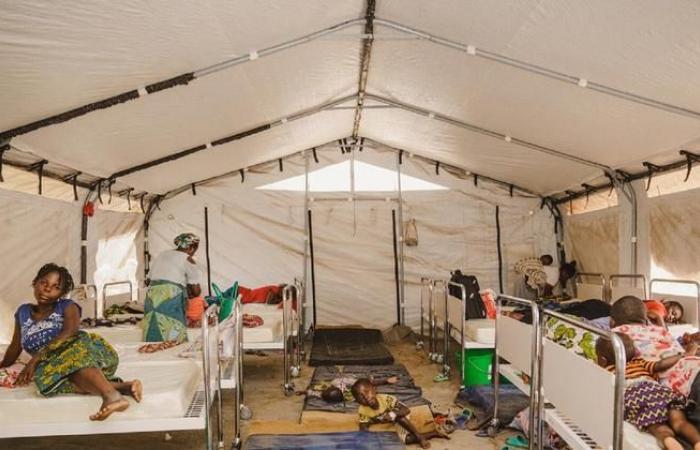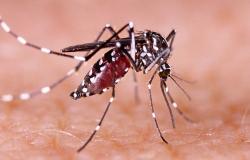The increase in the number of cases of mpox in Africa (9,320 cases and 34 deaths) is largely due to the health situation in the Democratic Republic of Congo (7,534 cases and 25 deaths) and Burundi (1,287 cases), according to data between January 1 and October 20, 2024.
A count carried out at the end of September shows that mpox clade Ib was detected in six Congolese provinces: North Kivu, Kinshasa, Kasaï, Tshopo, Tanganyika and South Kivu. But it is especially in this last region that the number of new cases of mpox continues to increase.
According to the World Health Organization (WHO), spread is due to close interpersonal contact between humans, including sexual contact and direct close contact in households and communities.
An evolution generating new risks
The increase in cases is uneven across the province, with a few hotspots driving transmission. While the initial phase of the clade Ib epidemic in eastern DRC primarily affected adults, as clusters expand into the community, the epidemic affects both adults and children. children, reflecting broader community transmission through close contact.
“The epidemiological situation is complex and continues to evolve, generating new risks. There are multiple outbreaks of different virus strains, or what we call clades. All clades of the virus are known to transmit from person to person,” Dr Michel Yao, responsible for the mpox incident at the UN, told a regular UN press briefing in Geneva. WHO.
However, the UN agency found that two of them (subclades Ib and IIb) were transmitted effectively through sexual contact. “We now have evidence that there is also sustained human-to-human transmission of clade Ia in sexual networks in Kinshasa, following importation from endemic regions of the country. This may reflect sexual transmission in other provinces, of which we saw the first signs in a cluster of cases in mid-2023.”
More than 47,000 people vaccinated in the DRC
Last September, the last month for which WHO had complete global data, 47 countries reported confirmed cases of mpox. More than 2,700 confirmed cases of mpox have been reported. This is the highest number of cases since November 2022 and marks an increasing trend in the number of confirmed smallpox cases reported globally, driven by the increase in cases in the African region, followed by the Western Pacific region.
Faced with the spread of the disease on the African continent, targeted vaccination has begun in affected countries, in order to protect health personnel and other people at risk. According to the WHO, larger-scale vaccination will also be possible when additional doses become available.
According to UN radio, Okapi, more than 47,000 people have been vaccinated in the DRC, or 103% of the target, notably in three of the six targeted provinces: Equateur, North Kivu, South Kivu, South Ubangi, Sankuru and Tshopo.
A third received on the $87 million Mpox fundraising appeal
“Thanks to the leadership of affected countries, the support of donors and the massive support of WHO and its partners, the level of response is higher than it has ever been. However, much remains to be done given the difficult circumstances in most of the affected countries,” added Dr. Yao, noting that WHO has only received a third of the $87 million to date. the appeal for funds on mpox.
Mpox is a viral disease that is transmitted primarily through close contact. And following the increase in cases in the DRC, the WHO declared on August 14 that the mpox epidemic and the spread of a new strain in East and Central Africa constituted a health emergency. public of international scope. This is the highest global alert level under international health law.






